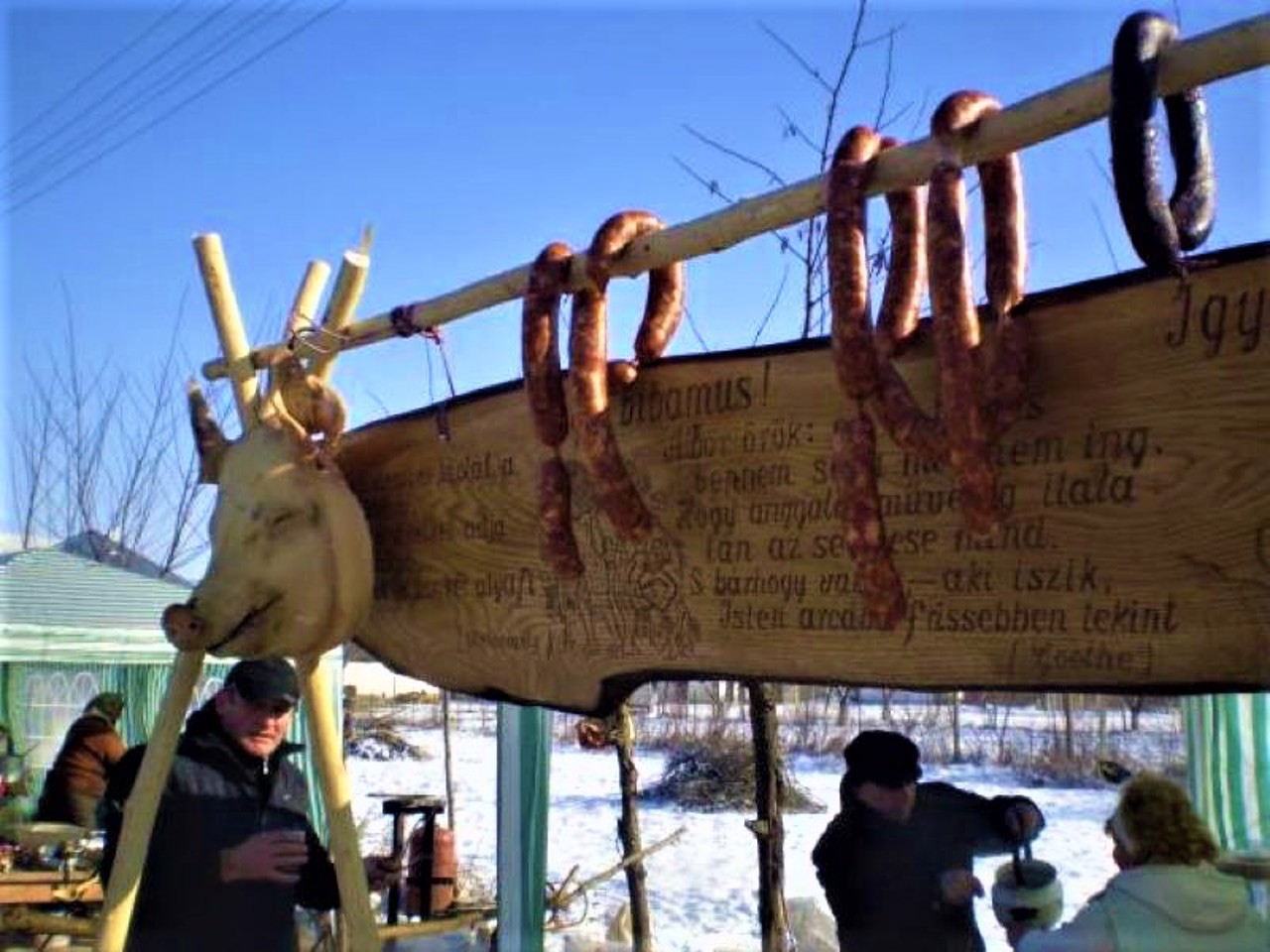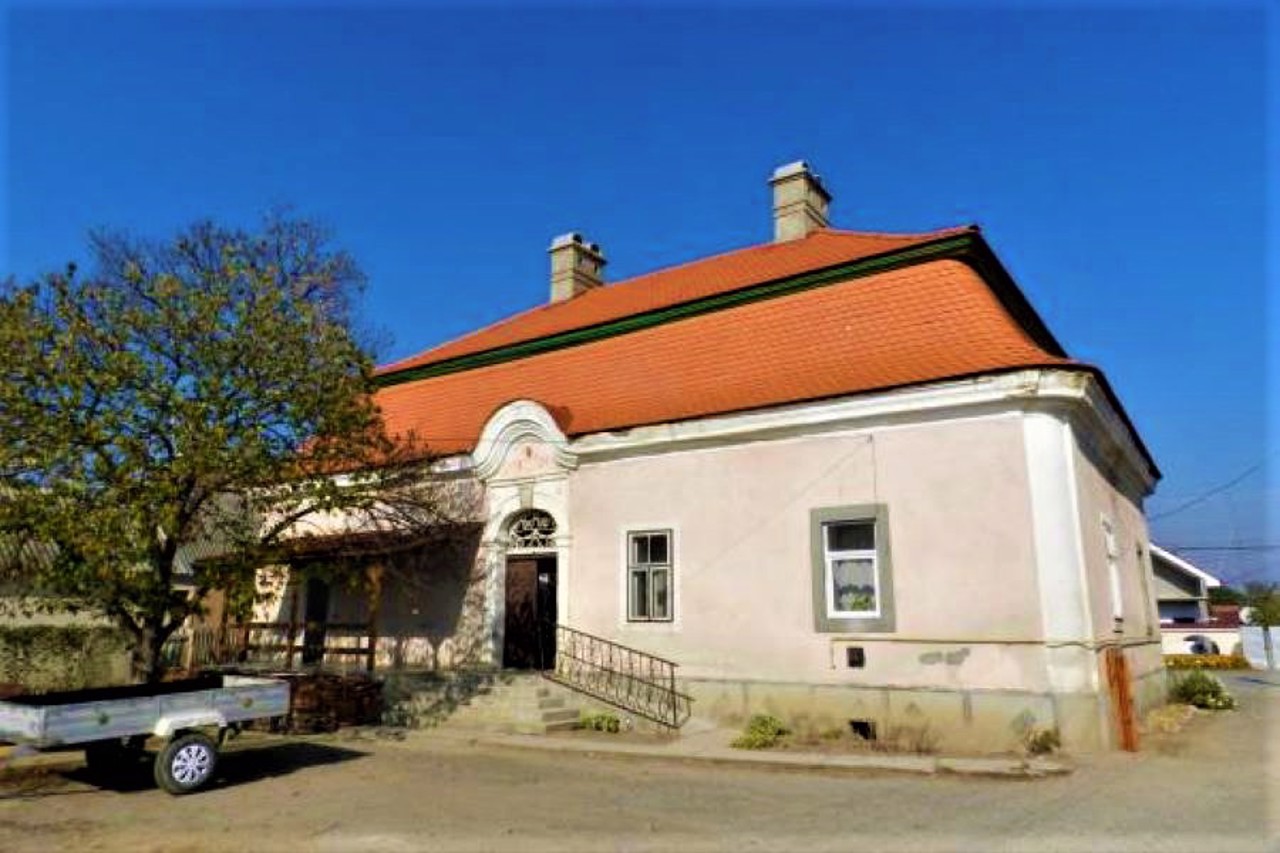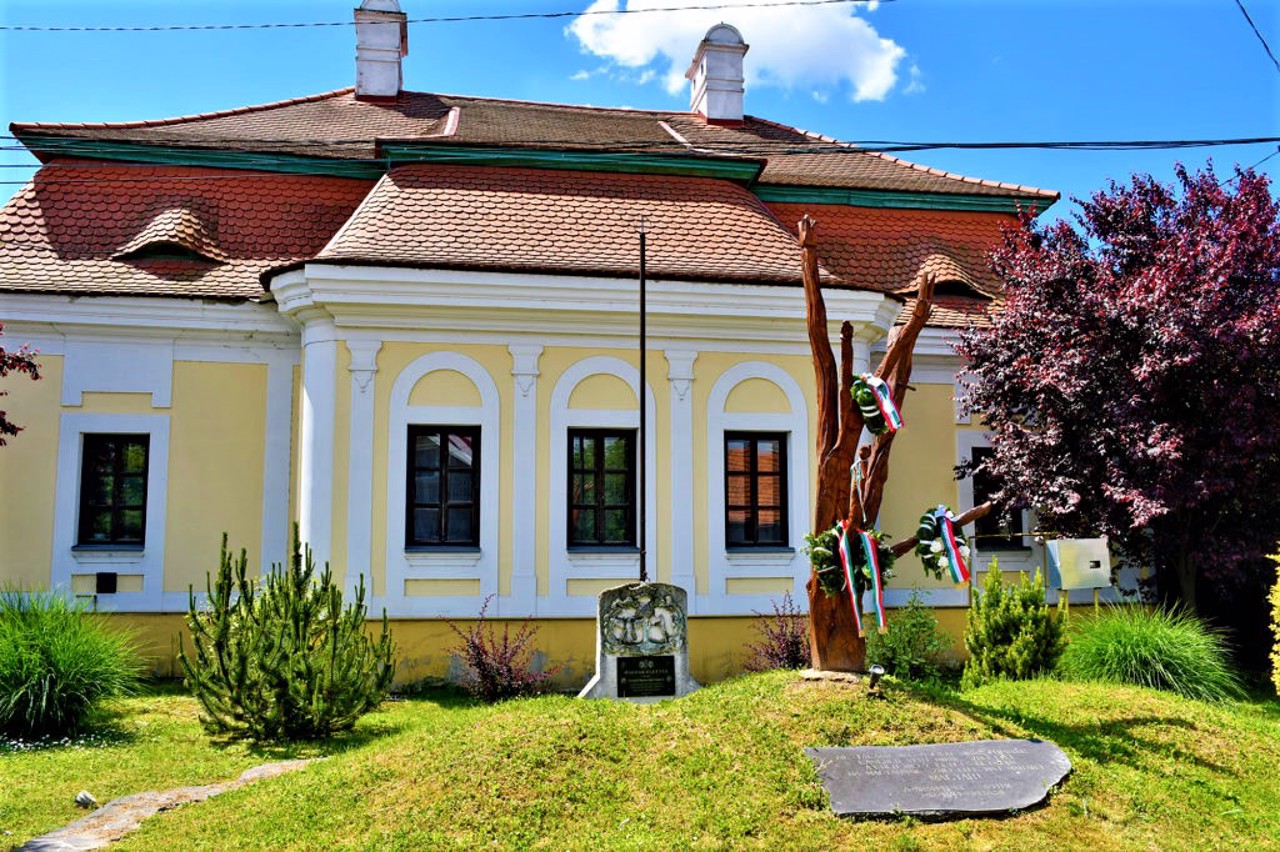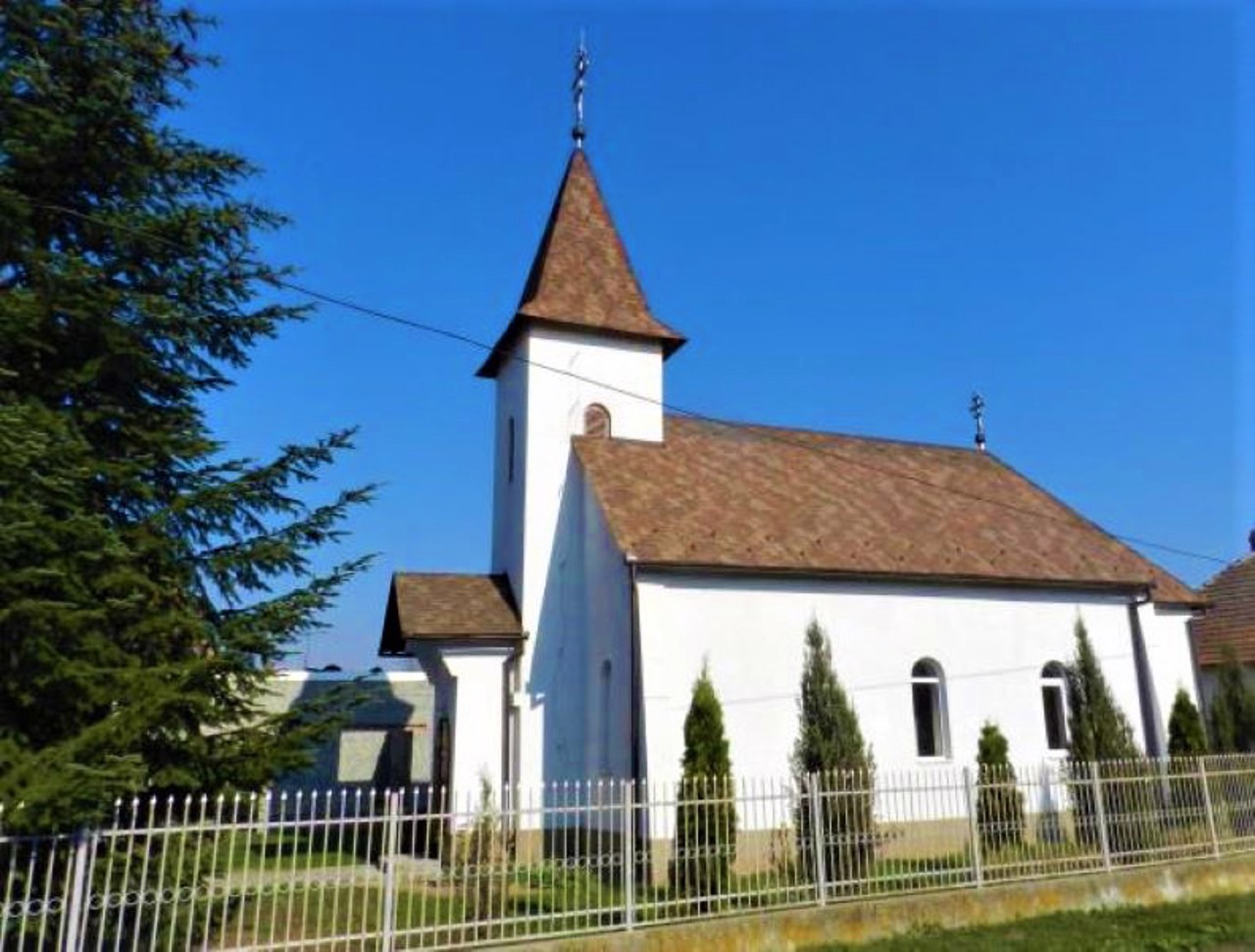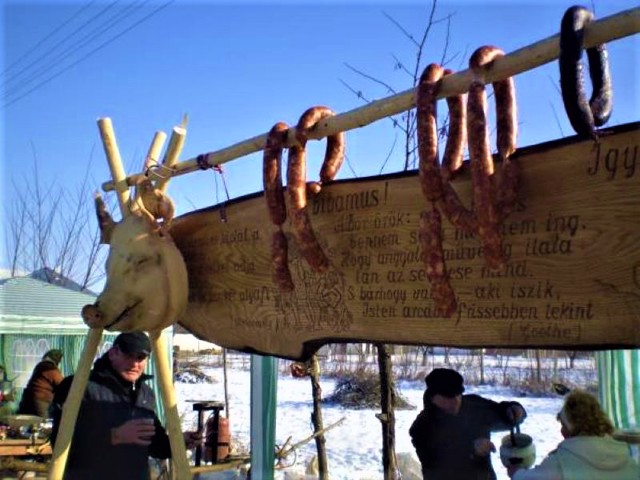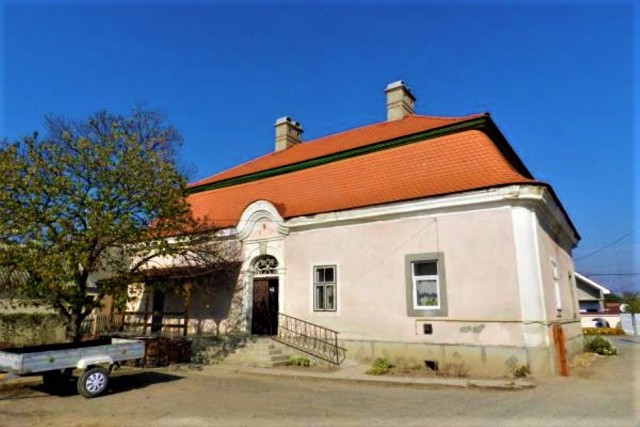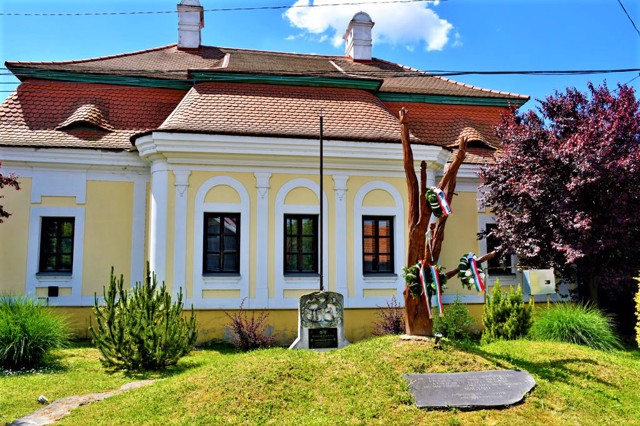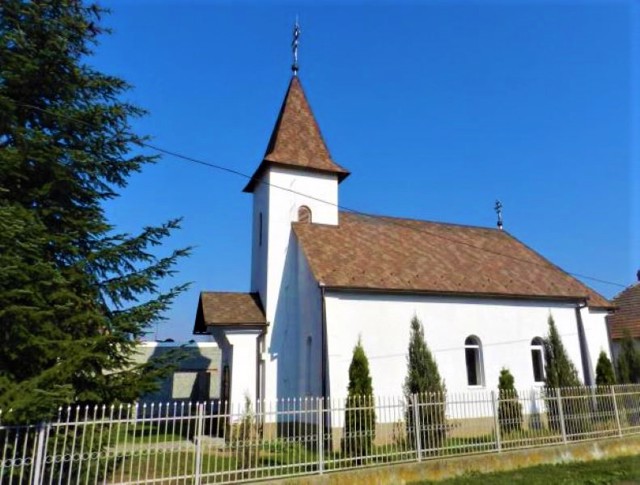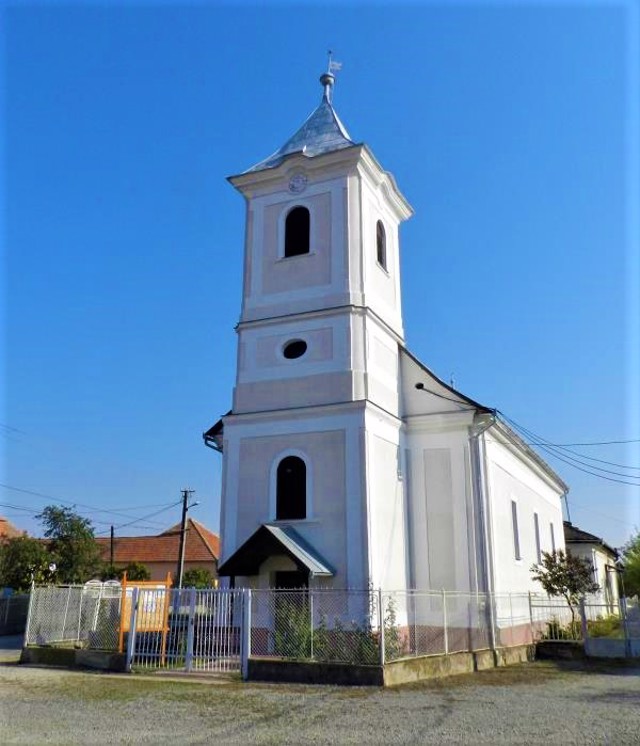Functional temporarily unavailable
General information about Hecha
The original Transcarpathian village of Hecha (in Hungarian - Mezohecse) is located 10 kilometers south of Berehove, near the Hungarian border.
It was mentioned for the first time in 1232 as an estate of the Hungarian family of the Hecheys. At the beginning of the 18th century, these lands became the property of the Kaydi noble family. Instead of the former wooden church, with the permission of the king, in 1805-1817, Layosh Kaydi built a stone church and a residential building for the priest. The Greek Catholic church was built at the beginning of the 20th century. The manor house of the Kaydi family, which now houses the village council, has also been preserved.
Hecha has been famous for the art of ge ...
The original Transcarpathian village of Hecha (in Hungarian - Mezohecse) is located 10 kilometers south of Berehove, near the Hungarian border.
It was mentioned for the first time in 1232 as an estate of the Hungarian family of the Hecheys. At the beginning of the 18th century, these lands became the property of the Kaydi noble family. Instead of the former wooden church, with the permission of the king, in 1805-1817, Layosh Kaydi built a stone church and a residential building for the priest. The Greek Catholic church was built at the beginning of the 20th century. The manor house of the Kaydi family, which now houses the village council, has also been preserved.
Hecha has been famous for the art of gentesh (pig butchers) since ancient times. The culinary festival "Disnotor" takes place every year, during which genteshes demonstrate their art and traditions.
Several families are engaged in the organization of green rural tourism.
Самобутнє закарпатське село Геча (угорською - Mezogecse, Мезогече) розташоване в 10 кілометрах на південь від Берегового, поруч з угорським кордоном.
Вперше згадується в 1232 році як маєток угорського роду Гечеїв. На початку XVIII сторіччя ці землі перейшли у власність дворянського роду Кайді. Замість колишньої дерев'яної церкви з дозволу короля в 1805-1817 роках Лайош Кайді побудував кам'яну церкву та житловий будинок для священика. Греко-католицька церква побудована на початку XX століття. Також зберігся садибний будинок роидини Кайдів, в якому тепер розміщується сільрада.
З давніх-давен Геча славиться мистецтвом гентешів (різників свиней). Щорічно проходить кулінарний фестиваль "Діснотор ...
Самобутнє закарпатське село Геча (угорською - Mezogecse, Мезогече) розташоване в 10 кілометрах на південь від Берегового, поруч з угорським кордоном.
Вперше згадується в 1232 році як маєток угорського роду Гечеїв. На початку XVIII сторіччя ці землі перейшли у власність дворянського роду Кайді. Замість колишньої дерев'яної церкви з дозволу короля в 1805-1817 роках Лайош Кайді побудував кам'яну церкву та житловий будинок для священика. Греко-католицька церква побудована на початку XX століття. Також зберігся садибний будинок роидини Кайдів, в якому тепер розміщується сільрада.
З давніх-давен Геча славиться мистецтвом гентешів (різників свиней). Щорічно проходить кулінарний фестиваль "Діснотор", в рамках якого гентеші демонструють своє мистецтво та традиції.
Кілька родин займаються організацією зеленого сільського туризму.
Сплануй своє перебування у Hecha
What to see and where to go in Hecha
Tourist attractions and museums of Hecha
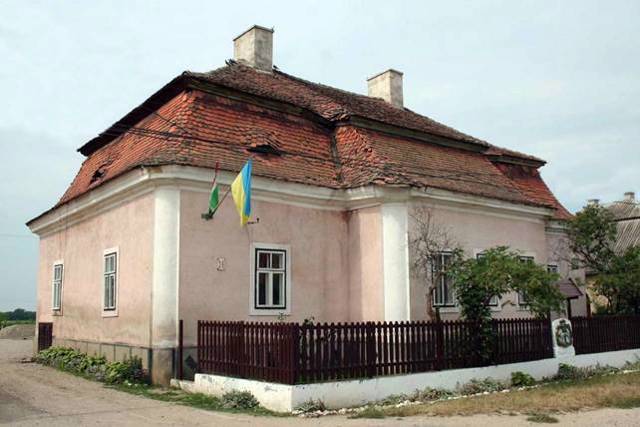
Kaydi's House
Architecture
The manor house of the Kaydi noble family was built in the village of Hechain 1804 by Layosh Kaydi.
A small one-story building under a tiled roof has been preserved to this day in its original form without noticeable alterations. Today, it houses the Hecha Village Council. In the backyard is the dilapidated family crypt of the Kaydi family.
Reviews Hecha
Geographical information about Hecha
| {{itemKey}} | {{itemValue}} |
|---|---|
| Region |
Zakarpattia |
